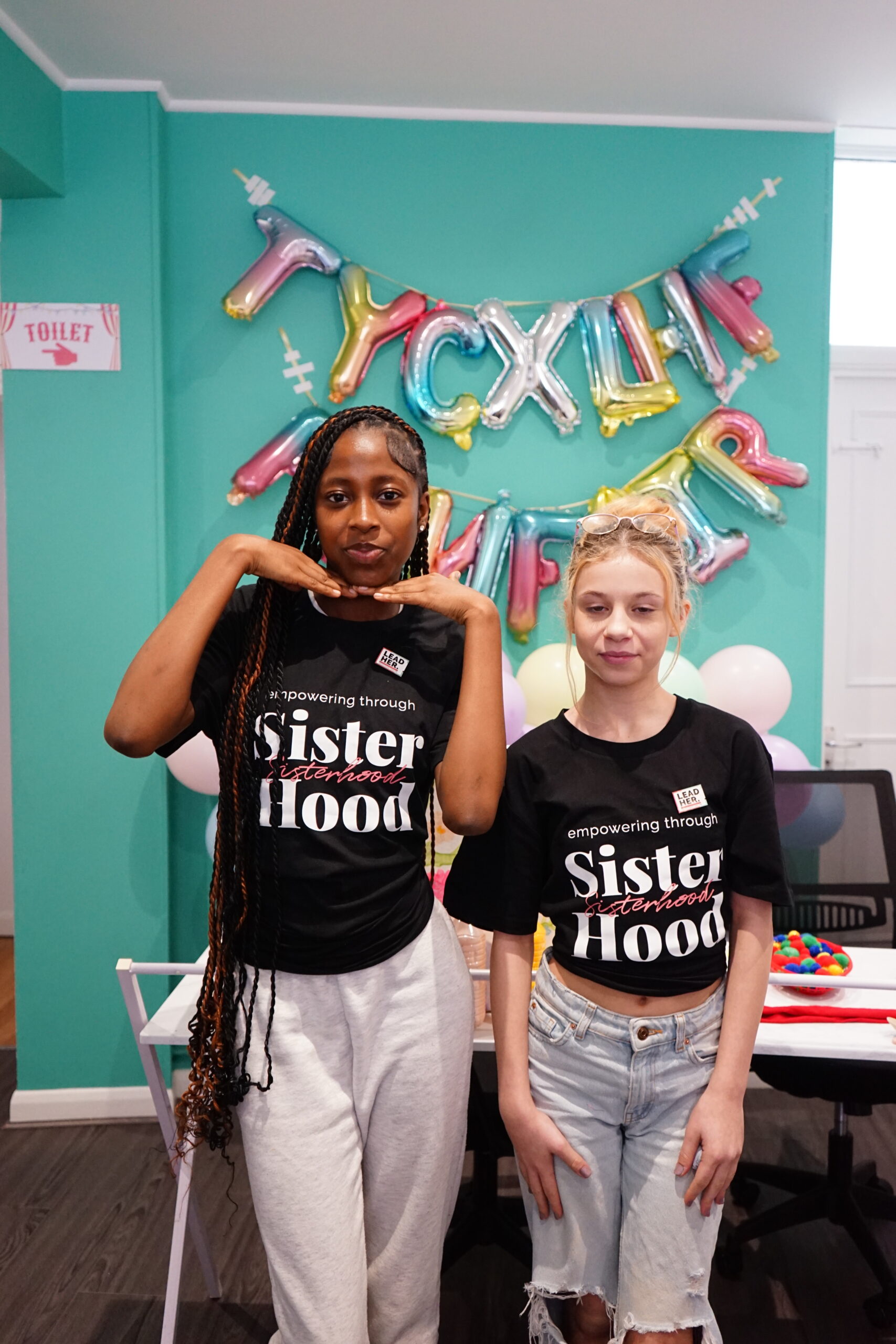Following our recent Clubhouse session on “Whether feminism has become toxic” and in light of current affairs surrounding sexual harassment I decided to put together a blog post to gather our perspectives.
Toxic Feminism
Toxic feminism refers to the idea that the face of feminism is often seen as a white woman; where white women are thought of as the primary victims of sexism. However, this undermines the dangers that women of colour have to face every day – not only as a result of the patriarchal systems but also as a result of systemic racism. Sarah Everard’s death was undeniably tragic and stresses the grave danger that women are put in by simply leaving the house on their own. And whilst it is important to stress that one person’s misfortune should never take away from another person’s, I want to draw people’s attention to the tragic death of Blessing Olusegan. Blessing was found dead at a seafront where her death was treated as non-suspicious. However, it seems that Sarah’s story has been all over the media, but Blessing’s name has not received as much coverage. This seems to reflect on the structure of feminism, where the death of a white woman is at the forefront of the public’s attention whilst the death of a woman of colour is forgotten. It seems that the misogyny, dangers, and discrimination that women face can only be taken into account once a white woman is the victim. Sarah’s death has rightfully sparked outrage amongst the female community and has triggered many more people to publicise their support for the feminist movement. But must it always take the death/suffering/misfortune/voice of a white woman before we recognise the inequality that women of colour experience too?
Stereotypes
Stereotypes seem to play an important role when it comes to the extent to which women of colour can express their feminism. For instance, if a black woman is to express her passion when it comes to issues surrounding sexism or sexual harassment towards women there is this tendency by society to associate her passion with aggression. She is then painted out to be “the angry Black woman”. This damaging stereotype means that her message, however valid her points may be, becomes discredited entirely and so it proves incredibly difficult for Black women to translate their passion. Moreover, many Asian women are perceived as submissive and subservient – therefore when they choose to speak up their words are not taken as seriously because of the entitlement of patriarchy that chooses to dismiss the voices of women. It’s these layers of oppression that work against women of colour that leave them to blend into the background of the feminist movement, whilst the “progress” is focused on White women.
Fundamental
A fundamental part of feminism is to reveal the potential and power that women as a collective can hold. However, it is still important to recognise the concept of intersectionality – how aspects of a person’s social and political identities combine to create different modes of discrimination and privilege. Of course, women band together on their shared experiences of misogyny, sexual harassment, and sexism but it is incredibly important to remember that not every woman’s experience will be identical due to the different streams of oppression that work against women of different races, financial/political status or sexuality, for instance. Taking intersectionality into consideration is incredibly pivotal to eradicating this “Toxic White feminism” that forgets the dual-oppression that women of colour face on a daily basis.
Equality simply cannot exist without taking into account intersectionality.
Written by Jennifer Pham, BelEve Young Women’s Leadership Team
 Events
Events SHOP
SHOP





0 Comments